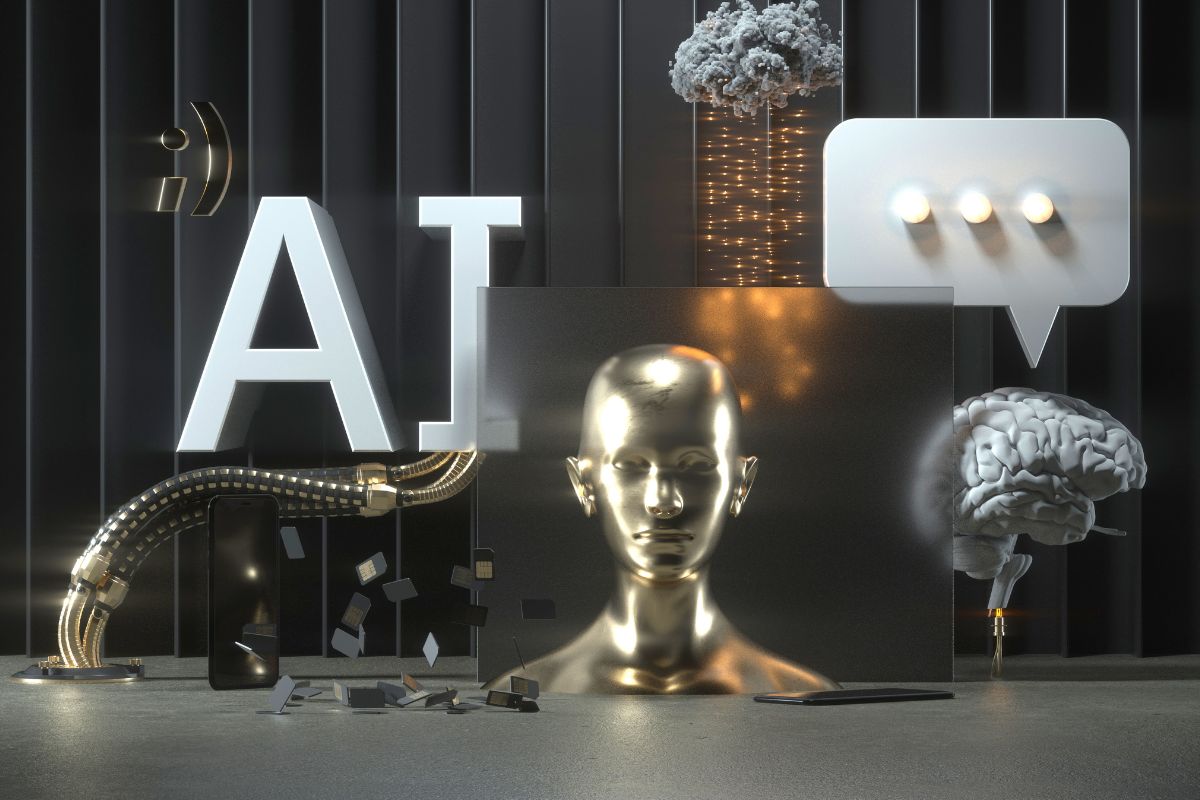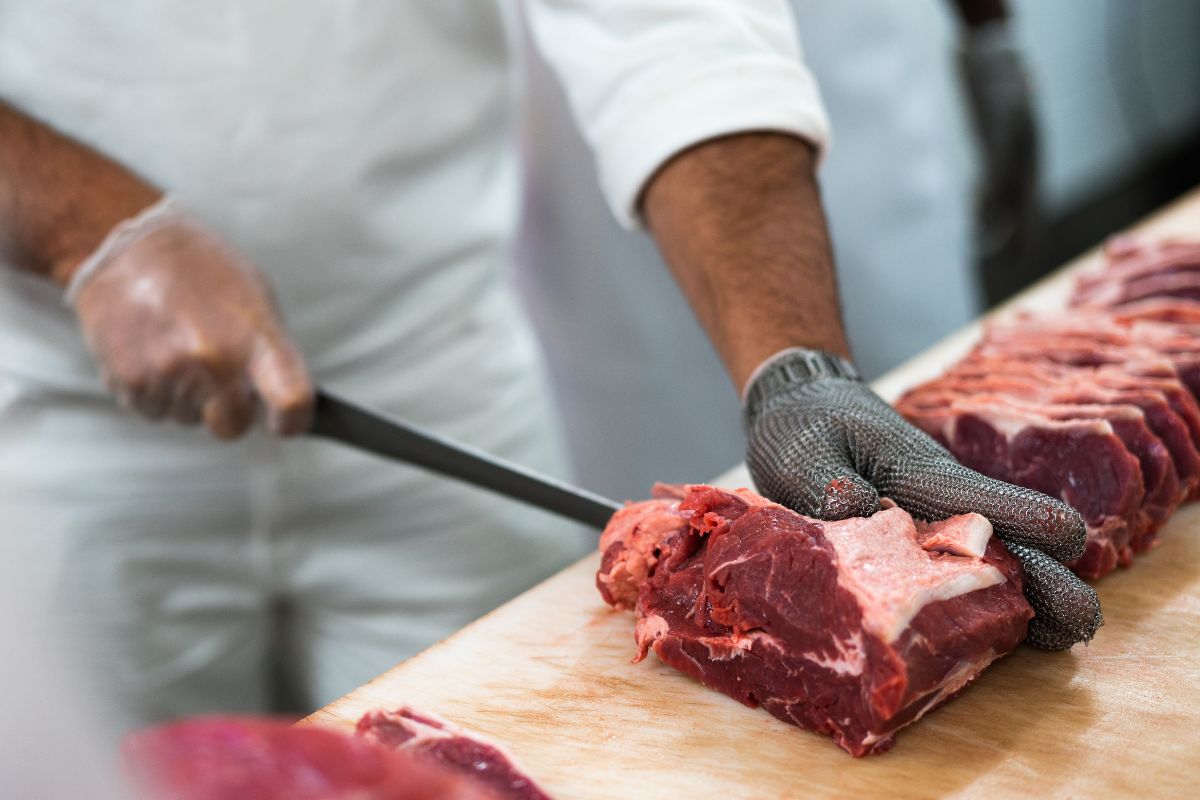The meat packing industry is looking into new ways to automate, potentially replacing human workers.
Agriculture in the United States and Canada has introduced a spectrum of technologies in the last ten years, and now certain meat packing companies are considering artificial intelligence.
Data systems already suggest spraying, seeding and harvesting times to farmers tending their fields.
Growers aren’t the only ones being guided by technology, as robotic milking machines and other automated equipment is now also supporting farmers raising livestock. Artificial intelligence (AI) is now taking its first steps into farming, and meat processing plants are looking to use this tech to advance as well.

Meat processing technology hasn’t moved ahead as quickly as farming as a whole. That said, as AI, automation and robotics rapidly advance, experts are now saying that the meat processing sector could greatly benefit from this tech in ways such as overcoming shortages with labor, improving food safety, and simply remaining competitive against plant-based protein rivals.
“We are laggards, in many ways,” said the chief information and technology officer Andreas Liris at Canadian giant Maple Leaf Foods. “We’re making small investments, but definitely behind the curve compared to some other sectors.”
Robotics are becoming increasingly advanced, and artificial intelligence is expected to take them to new places.
Robotics aren’t anything new in manufacturing. Automotive plants have been particularly well known for their use of robots for building cars. That said, while cars are meant to be exact replicas of each other, no two animals are identical, meaning that using robotics isn’t as obvious.
Robotic butchers can’t, for instance, replicate the advantage of human sight and touch to make precise cuts and know the difference between meat, bone, fat and skin in chicken and turkey processing plants.
“Super difficult, but getting better, though. Robots are becoming more tactile,” said Liris.
Artificial intelligence technology combined with these robots have the opportunity to learn more accurate butchery of meat. In this way, robotics could potentially be used for purposes beyond transporting carcasses within facilities, moving and stacking boxes for delivery, and load optimization for transportation to reduce the number of trucks needed.

